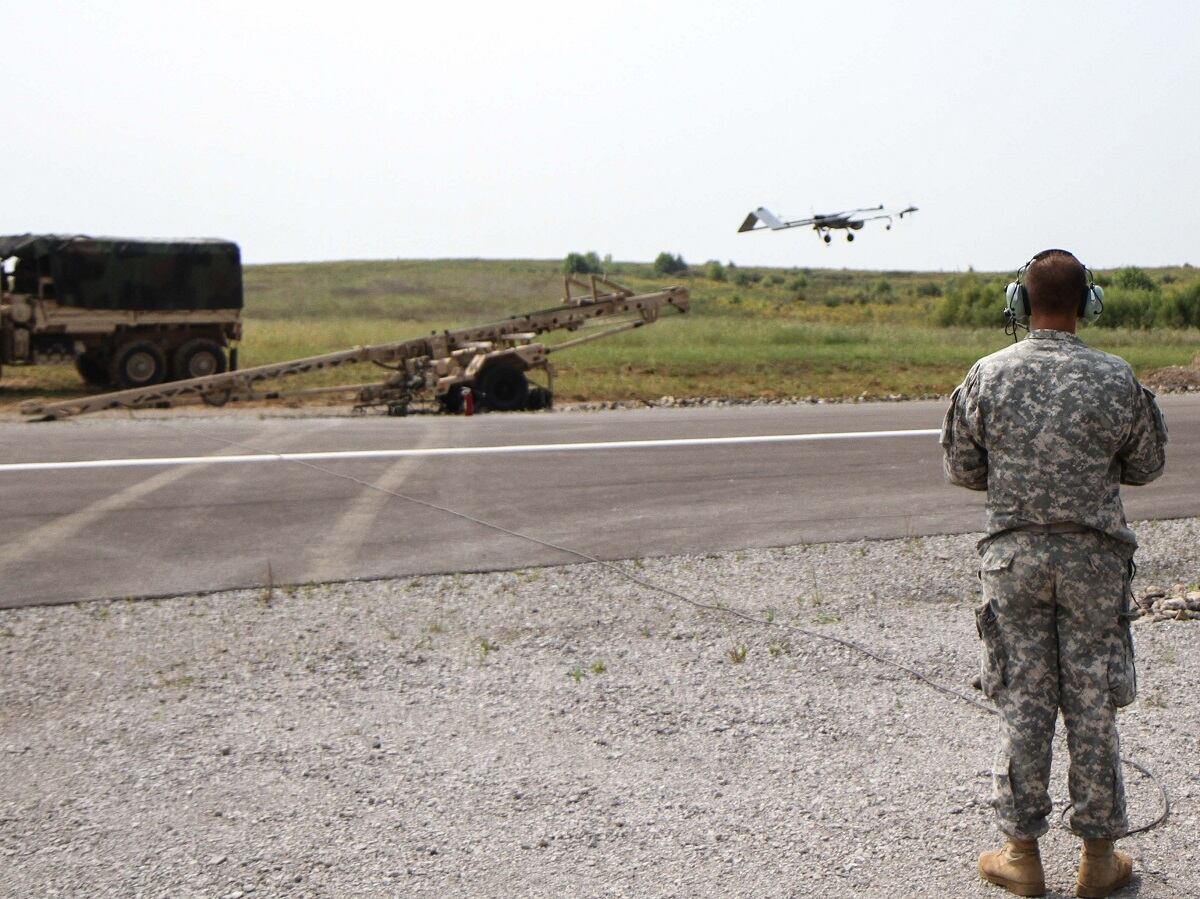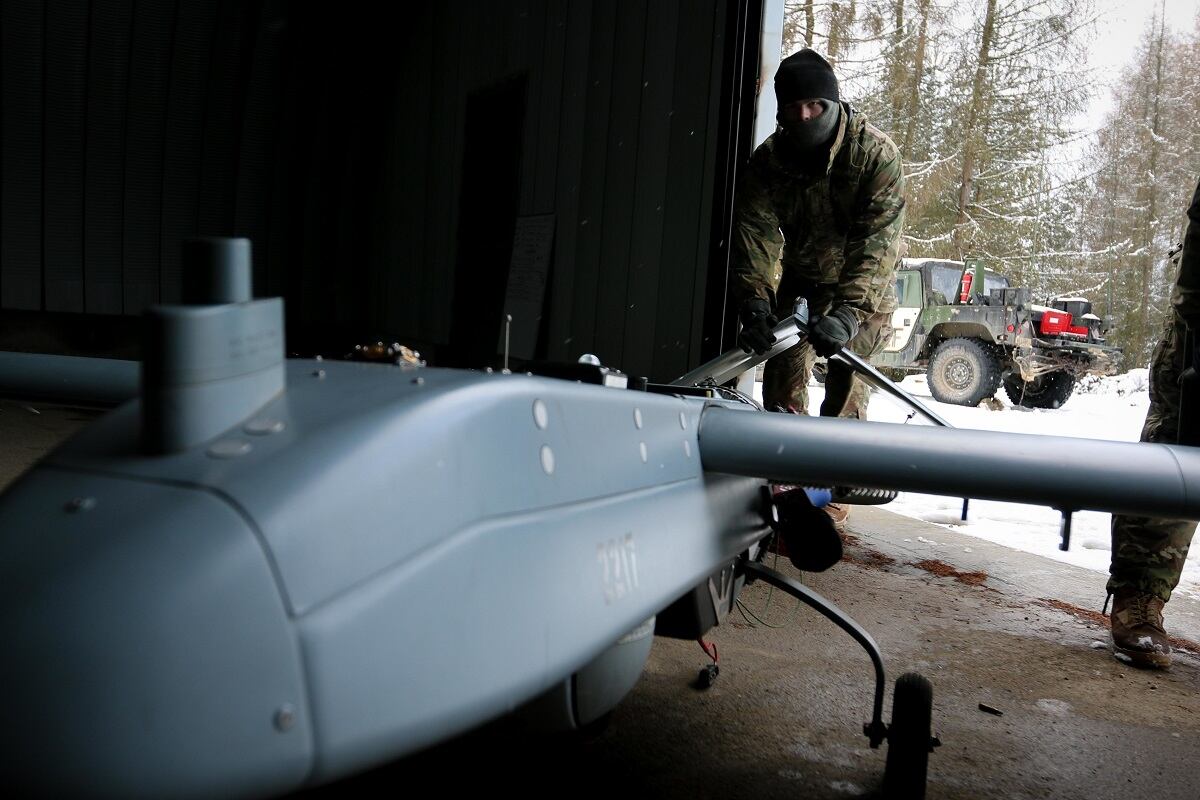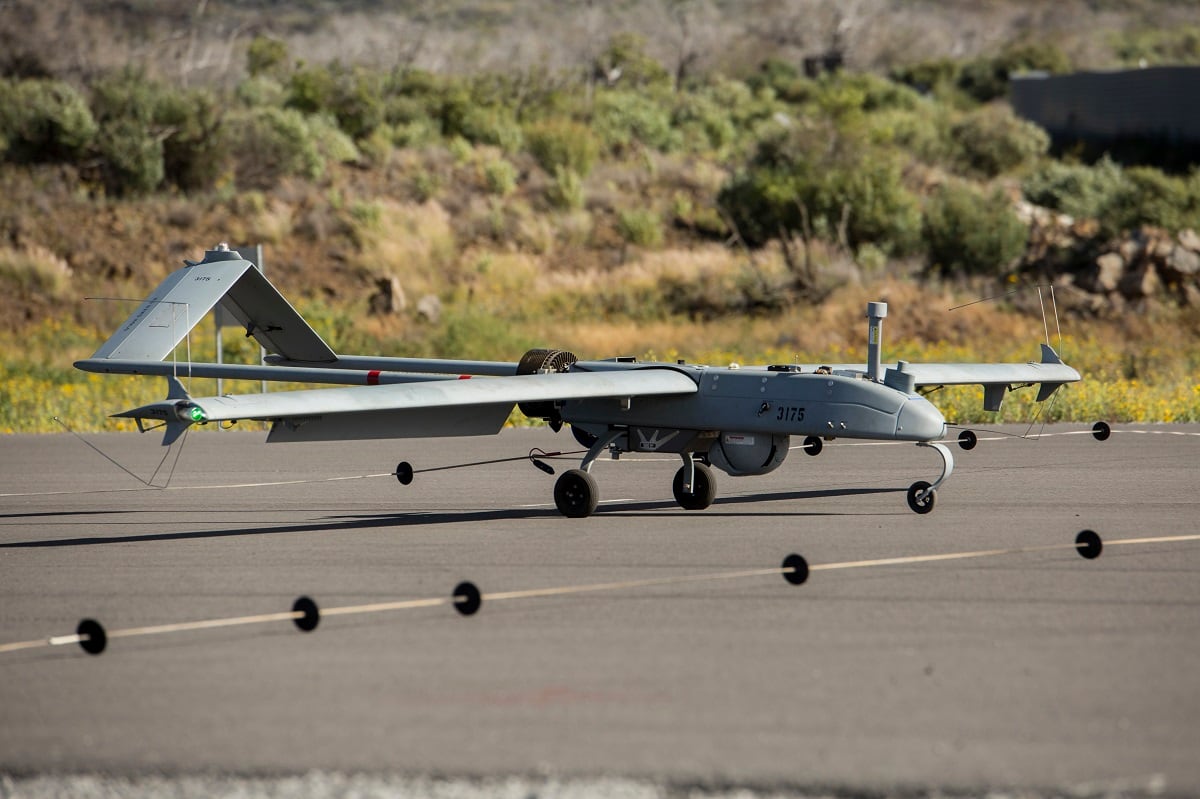UPDATE — This story has been updated to reflect Layne Merritt’s correct title.
NASHVILLE, Tenn. — The U.S. Army’s plans to design, build and fly technology demonstrators for a next-generation unmanned aircraft system is not moving forward. The decision was made so the service can concentrate on future vertical lift efforts for two future manned helicopter procurement programs, according to the acting director of the U.S. Army Combat Capabilities Development Command’s Aviation & Missile Center’s Aviation Development Directorate.
The Army wanted to design a program, much like it did with its Joint Multi-Role Technology Demonstrator (JMR-TD) program, to get after a next-generation UAS, but the service “has decided we are not going to pursue that,” Layne Merritt told Defense News in an interview at the Army Aviation Association of America’s annual summit on April 16.
With major efforts underway to build and field a future attack reconnaissance aircraft and a future long-range assault aircraft, “another major acquisition is probably too much for the Army at one time,” he said.
RELATED

The plan now is to focus on war-gaming efforts to flesh out concepts of advanced teaming between manned and unmanned aircraft, which, Merritt said, will “call out the need for more advanced, high-performance unmanned systems.”
The Army will wrap up the first phase of the next-generation UAS technology demonstrator program already underway, which is meant to produce conceptual designs.
“That is going to really enable us in modeling tools for conceptual design to help answer the questions that we will find out during the war gaming for advanced teaming,” Merritt said, “what kind of actual performance attributes are required. And then, when the Army decides, we will move forward.”
All of the FVL efforts will take place within Army Futures Command, which is tasked with modernization efforts focused on complementing its newly formed doctrine — Multidomain Operations — and the National Defense Strategy.
Meanwhile, the Army is pursuing a future tactical UAS (FTUAS) to replace its Shadow systems that are serving in a manned-unmanned teaming role with AH-64E Apache attack helicopters.
The Army selected a Martin UAV-Northrop Grumman team as well as AAI Corporation, a unit of Textron, to provide UAS for platoons to test as candidates for a Shadow replacement.
RELATED

The service’s original plan for a next-gen UAS was to analyze conceptual designs and make decisions in 2019 about what it would like built and flown. The hope was to fund several efforts, giving companies a chance to build a UAS over an 18- to 24-month period followed by a flight program for FTUAS.
In 2017, when the Army was gearing up for a next-gen UAS technology demonstration, Merritt told Defense News that the service wanted something very different from the current fleet of Shadows and Gray Eagles to perform tactical reconnaissance missions.
RELATED

The Army has said it wants a runway-independent UAS, for starters. But now the service is thinking even bigger when it comes to advanced teaming, and it sees missions for UAS far beyond tactical reconnaissance, Merritt said.
Jen Judson is an award-winning journalist covering land warfare for Defense News. She has also worked for Politico and Inside Defense. She holds a Master of Science degree in journalism from Boston University and a Bachelor of Arts degree from Kenyon College.







